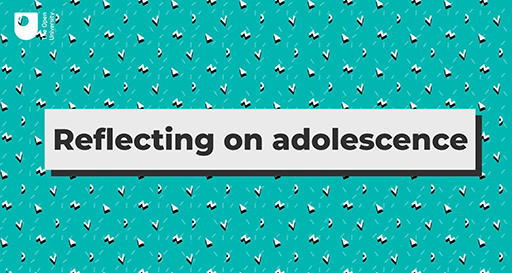1.5 Challenges of adolescence
In early adolescence there tends to be a heightening of emotions where young people often seek thrills and challenges (Steinberg, 2005). There is some evidence that adolescents experience greater extremes of high and low emotion (Larson et al., 1980) and that average daily mood becomes more negative between the ages of 9 and 14 (Larson and Lampman-Petraitis ,1989). Perhaps some of the stereotypes about adolescence actually contain a grain of truth!
It has also been found that having a boyfriend or girlfriend is particularly associated with wide mood swings (Larson et al., 1996) and it has been argued that this is one of the major sources of stress and emotional pain for many adolescents (Larson et al., 1999). For young people who do not identify as heterosexual (‘straight’), the emotional challenges may be even greater. The next activity asks you to consider a range of adolescent challenges.
Activity _unit3.1.3 Activity 3: Adolescent challenges
Watch the video again (from the Session 2 Introduction).

Transcript: Video 1 (repeated): Reflecting on adolescence
What do you think are the most important challenges that the young person is facing? Jot down a few notes next to each of these:
physical |
|
emotional |
|
social |
Discussion
Martha and Josie reflect on their own experiences during adolescence as a challenging time, characterised by intense emotional experiences, physical changes, enhanced responsibilities, increasing demands in education and learning and pressures amongst peer groups to look and behave in particular ways. They also reflect on adolescence as a period that brings new and exciting opportunities to socialise and be more independent.
Some of the most enlightening research of recent years has come from neuroscience and neuropsychology. You’ll explore many of these themes next, through a ‘neuroscience lens’.

